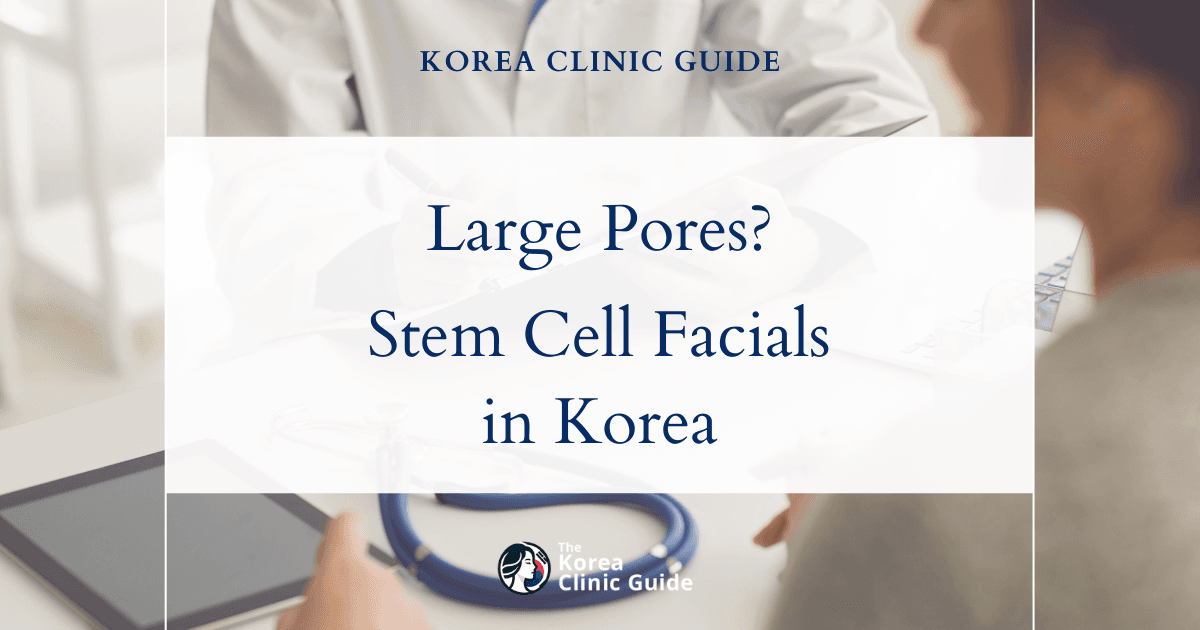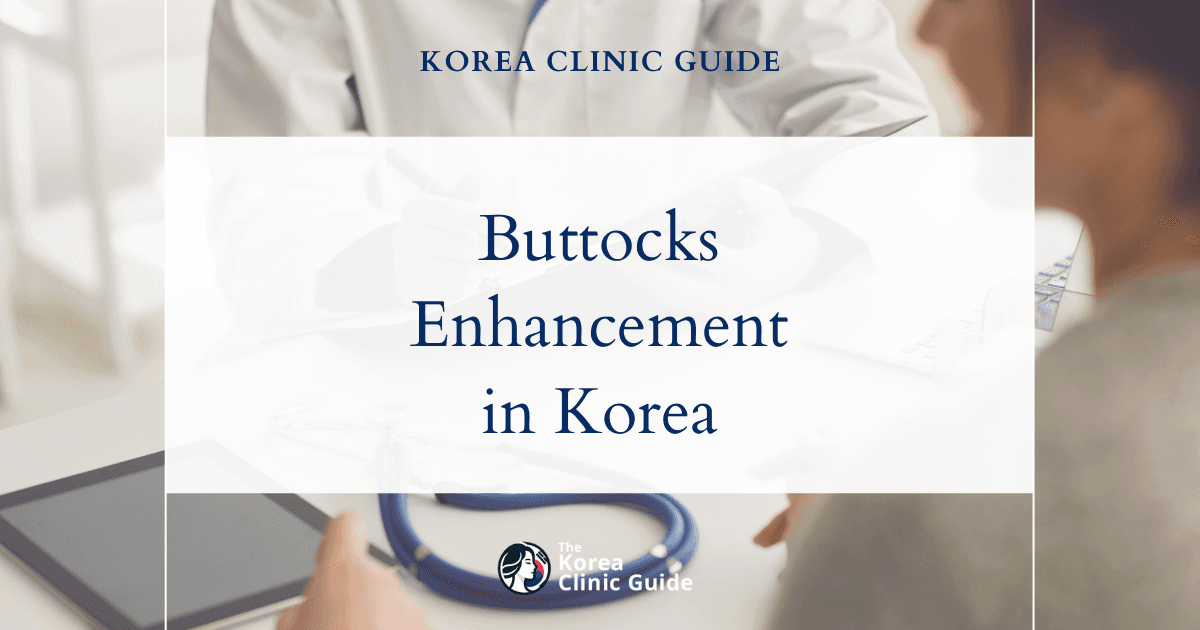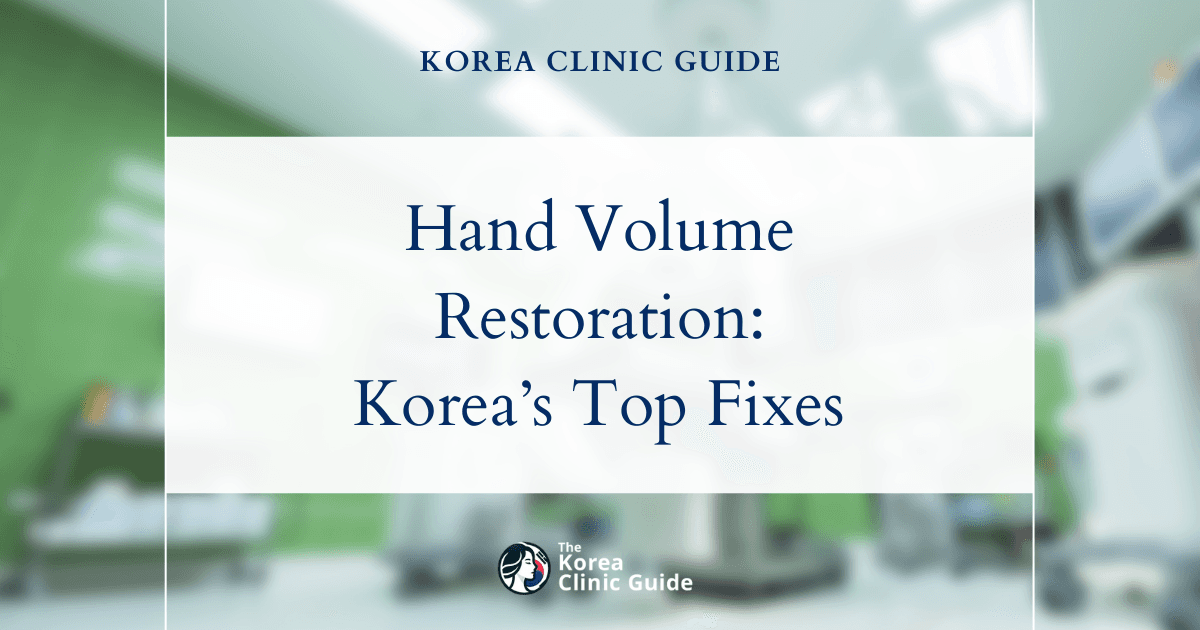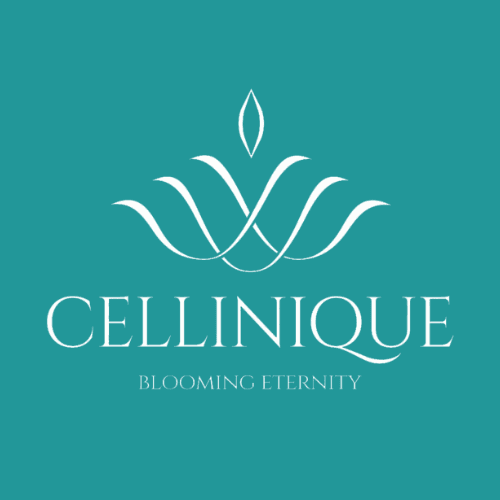Medical Tourism Blog
Stem Cell Acne Scar in Korea | Best Clinics, Costs, Procedure Types & More
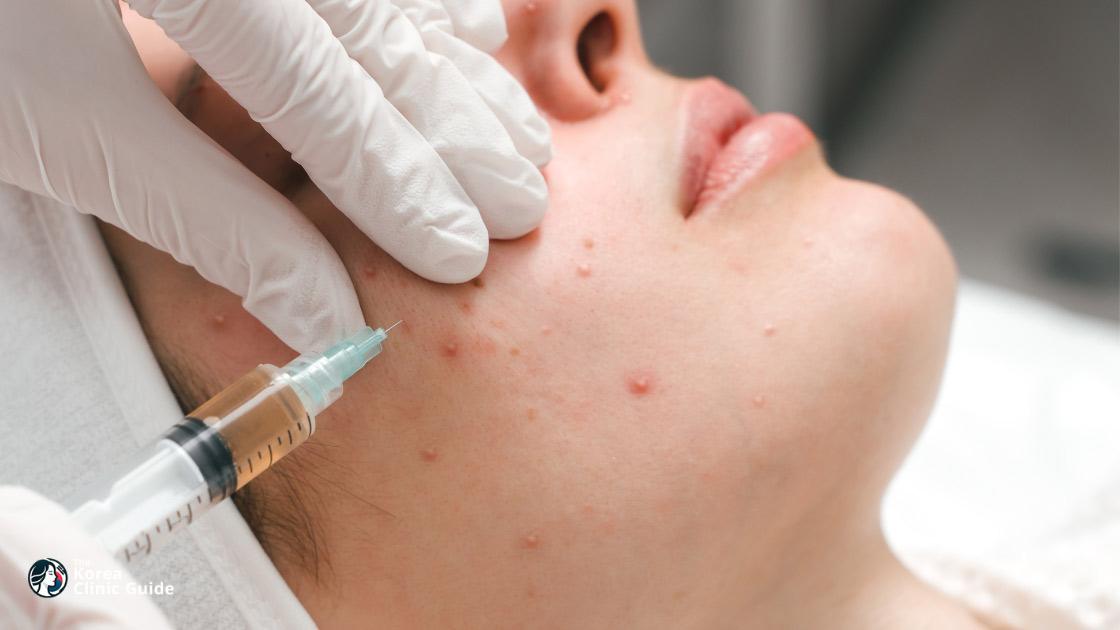
Table of contents
- What Is Stem Cell Acne Scar?
- Best Clinics in Korea for Stem Cell Acne Scar
- Getting Stem Cell Acne Scar Treatment in Korea
- Cost of Stem Cell Acne Scar in Korea
- Alternatives to Stem Cell Acne Scar
- Conclusion
Considering treatment in Korea? Everything you need to know e.g. — how to avoid scams, visas, interpreters, recovery tips — in our Medical Tourism Master Guide. Plan with confidence in minutes, not weeks!
Have you ever wondered how cutting-edge science is transforming skincare, especially for stubborn acne scars? In South Korea, a global hub for skincare innovation, stem cell therapy is pioneering groundbreaking treatments that promise not just hope, but superior results in rejuvenating scarred skin.
What Is Stem Cell Acne Scar?

Stem Cell Acne Scar treatment is an innovative medical procedure that focuses on repairing and rejuvenating skin affected by acne scars using stem cell technology. This advanced approach leverages the natural regenerative capabilities of stem cells to promote skin healing and restore a smoother, more even complexion. The procedure has gained popularity, particularly in countries like South Korea, which is known for its cutting-edge beauty and skincare treatments.
Mechanism of Action
Stem cells are undifferentiated cells with the unique ability to transform into various cell types, each capable of performing specialized functions. In the context of acne scar treatment, these cells can differentiate into skin cells, including fibroblasts and keratinocytes, which play essential roles in skin repair and regeneration.
Types of Stem Cells Used
There are different types of stem cells that can be employed for acne scar treatment:
- Autologous Stem Cells: These are harvested from the patient's own body, usually from fat tissues or bone marrow. Autologous stem cells eliminate the risk of immune rejection, as they are sourced from the individual's own tissues.
- Allogeneic Stem Cells: These are derived from a donor. While there may be a slight risk of immune reactions, advanced matching techniques are employed to minimize complications.
Procedure Overview
- Consultation and Assessment: The initial phase involves a thorough consultation with a dermatologist or a specialized medical professional. They will evaluate the severity and type of acne scars, skin type, and overall health of the patient to determine if they are a suitable candidate for this treatment.
- Stem Cell Harvesting: If autologous stem cells are used, they are harvested from the patient's adipose tissue or bone marrow using minimally invasive surgical techniques. The harvested cells are then processed to isolate and concentrate the stem cells.
- Preparation of Treatment Area: The skin area to be treated is cleansed and prepped. Local anesthesia may be applied to ensure patient comfort.
- Stem Cell Injection: The concentrated stem cells are carefully injected into the acne-scarred areas using fine needles. The precision of this step is crucial for targeting the areas that require the most repair and regeneration.
- Post-Procedure Care: Patients are advised on post-treatment care to enhance recovery and results. This typically includes avoiding direct sun exposure, using prescribed skincare products, and following a proper skincare regimen.
Expected Results
Patients can expect a noticeable improvement in the appearance of their acne scars, with the skin becoming smoother and more even-toned. Full results usually manifest over several weeks to months as the stem cells continue to work on regenerating the skin. Multiple sessions might be required for optimal outcomes, depending on the severity of the scars and the individual's response to the treatment.
Advantages and Considerations
Stem Cell Acne Scar treatment offers several advantages, such as:
- Minimal Downtime: Since the procedure is minimally invasive, recovery time is relatively short.
- Natural Results: Utilizing the body's own cells promotes natural healing and regeneration.
- Low Risk: Especially with autologous stem cells, the risk of adverse reactions is minimal.
However, it is essential for potential candidates to consult with experienced medical professionals to understand the benefits and any potential risks fully.
Who is Stem Cell Acne Scar for?
- Patients with Atrophic Acne Scars: Individuals suffering from atrophic acne scars, which result from prolonged inflammation and inadequate tissue regeneration, may benefit significantly from stem cell acne scar treatments.
- People with Reduced Collagen and Elastic Fiber: If a person’s acne scar tissue shows diminished collagen and elastic fibers, they might be viable candidates for this treatment, as the therapy could potentially restore these critical skin components.
- Individuals with Decreased Stem Cell Marker Expression: Those whose scar tissues exhibit a significant reduction in stem cell markers such as CD34, p63, LGR6, and LGR5 could see improvements. These markers are essential for the normal regeneration of skin structures.
- Patients with Impaired Epidermal Proliferation: Stem cell therapy might be particularly effective for individuals who have notable reductions in epidermal cell proliferation, aiding in the restoration of normal skin regeneration processes.
- Persons with Chronic Inflammation in Acne Lesions: If inflammation has infiltrated deeper skin structures over time, disrupting normal regeneration, stem cell treatment could help manage this chronic condition.
Best Clinics in Korea for Stem Cell Acne Scar
Listed below are the best clinics in Korea for stem cell acne scar:
| Clinic Name | Key Features | Special Techniques |
|---|---|---|
| Cellinique Clinic | Premier Gangnam location, advanced stem cell solutions for acne scars and rejuvenation, 100% personalized care, comprehensive and tailored services from facial to health management, led by Dr. Chris Gunwoo Kim, leadership in stem cell research and regenerative medicine, continuous international medical education | Stem cell therapy, PRP, blood purification, NK cell therapy, Radiesse, exosomes, stem cell fat grafting, NovaStem Kit (minimally manipulated cell biotechnology for tissue regeneration and anti-aging) |
| THEPLUS Plastic Surgery | Located in Garosu-gil, Gangnam; state-of-the-art four-story clinic; internationally recognized, board-certified surgeons; combines surgical artistry and research, global safety standards, patient-centric care, led by Dr. Jeong Jae Yong, Dr. Kim Taek Kyun, and Dr. Lee, uses FDA-approved THE PLUS Stem Cell kits, highest sterility and safety standards, holistic and tailored rejuvenation services | High-efficiency Buffy Coat extraction technology for high stem cell concentration, complete treatment from minimal blood sample (60cc), individualized sterile packaging, U.S.-manufactured and FDA-approved kits, incorporation of advanced stem cell therapies into full dermatological and cosmetic services |
| SH Clinic | Premier Sinsa, Seoul location; renowned for regenerative and stem cell medicine; integrated multi-specialty care (aesthetic dermatology, plastic surgery, women’s health); dedicated Wellness & Anti-aging (WA) Program; individualized, comprehensive consultation and treatment plans; broad expertise in hair loss, facial rejuvenation, autoimmune, and orthopedic conditions; advanced technology and holistic care | Customized stem cell solutions for acne scars and diverse conditions, wellness & anti-aging protocols, multi-specialty synergistic approach, clinical experience-based individualized treatment |
Cellinique Clinic
Cellinique Clinic, located in the heart of Gangnam, Seoul, is a premier destination for those seeking advanced stem cell solutions for acne scars and skin rejuvenation. As a premium stem cell clinic, Cellinique specializes in harnessing the regenerative power of stem cells—undifferentiated cells capable of developing into various types of tissues, including skin, cartilage, and nerves. The clinic stands out for its 100% personalized care approach, offering treatments that combine cutting-edge stem cell technology with complementary modalities such as PRP, blood purification, NK cell therapy, Radiesse, exosomes, and stem cell fat grafting. The range of services at Cellinique is both comprehensive and tailored, spanning from facial procedures to overall health management, ensuring effective solutions for lasting beauty and natural regeneration.
At the helm of Cellinique is Dr. Chris Gunwoo Kim, a renowned specialist in stem cell medicine and regenerative therapies. Dr. Kim is active on the international stage, sharing expertise through lectures and seminars, including recent presentations on high-concentration blood cell zone and stem cell inducing factors across Asia. His research and innovations, such as the NovaStem Kit—a minimally manipulated cell biotechnology designed for tissue regeneration and anti-aging—highlight Cellinique’s commitment to medical excellence and ongoing advancement. Every patient at Cellinique benefits from Dr. Kim’s dedicated, expert care, positioning the clinic at the forefront of stem cell-based acne scar treatments in Korea.
You can check out their website here: Cellinique Clinic Website
THEPLUS Plastic Surgery
Located in the heart of Gangnam’s vibrant Garosu-gil district, THEPLUS Plastic Surgery is renowned as a premier destination for advanced cosmetic and reconstructive treatments in Korea. This comprehensive four-story clinic stands out not only for its state-of-the-art facilities, but also for an elite team of board-certified surgeons led by Dr. Jeong Jae Yong, Dr. Kim Taek Kyun, and Dr. Lee, all recognized leaders in their respective specialties. THEPLUS Plastic Surgery brings together a fusion of artistry, meticulous surgical skill, and rigorous scientific research to deliver transformative results while prioritizing safety and patient satisfaction. The clinic is especially distinguished for its innovative approach to stem cell acne scar treatment, utilizing globally recognized techniques and products that reflect their unwavering commitment to excellence and patient-centric care.
Why THEPLUS Plastic Surgery is the leading clinic for stem cell acne scar treatment:
- Uses U.S.-manufactured and FDA-approved THE PLUS Stem Cell kits, ensuring internationally acknowledged safety and quality, unlike standard stem cell products in Korea.
- Employs a unique high-efficiency Buffy Coat extraction technology, which provides an exceptionally high concentration of stem cells for effective, predictable scar improvement.
- Each treatment kit contains an FDA-approved anticoagulant, guaranteeing consistent safety and eliminating the need for additional pharmaceutical purchases.
- Exemplifies the highest standards of sterility—individualized packaging minimizes infection risk to patients, far surpassing the safety profile of typical stem cell systems.
- Maximizes convenience and comfort with complete stem cell treatment from a minimal blood sample (just 60cc), thanks to an advanced extraction system.
- Led by globally recognized plastic surgeons, including Dr. Jeong (President of the Korean Society of Plastic Surgeons) and Dr. Kim (awarded for research on 3D implants), who combine scientific rigor with artistic precision for optimal, natural-looking results.
- Continuous commitment to research and medical education ensures THEPLUS surgeons remain at the forefront of international aesthetic innovation, with extensive participation in global conferences and scholarly work.
- Offers a holistic, tailored approach to skin rejuvenation, incorporating stem cell therapies within a full spectrum of dermatological and cosmetic services for unrivaled outcomes.
Through this combination of cutting-edge technology, internationally credentialed safety, and unmatched clinical expertise, THEPLUS Plastic Surgery sets the gold standard for stem cell acne scar therapy in Korea.
You can check out their website here: THEPLUS Plastic Surgery Website
SH Clinic
SH Clinic in Sinsa, Seoul stands out as Korea’s premier destination for stem cell acne scar treatment, thanks to its pioneering use of regenerative medicine alongside its integrated, multi-specialty approach. Recognized as a leading center for stem cell therapy in Korea, SH Clinic combines advanced science with aesthetic dermatology, modern plastic surgery, and women’s healthcare—all under one roof. The clinic’s specialized Wellness & Anti-aging (WA) Program is based on extensive clinical experience and emphasizes individualized treatment: every patient receives a comprehensive consultation and examination before an experienced medical team crafts a customized stem cell solution targeting their unique skin concerns, including acne scars. SH Clinic’s broad expertise in stem cell applications—ranging from hair loss and facial rejuvenation to complex autoimmune and orthopedic conditions—underscores its clinical excellence and safety standards. Patients benefit from a holistic, results-driven care experience backed by advanced technology and expert hands, making SH Clinic the best choice for those seeking effective, state-of-the-art stem cell treatments for acne scars and beyond in Korea.
You can check out their website here: SH Clinic Website
Getting Stem Cell Acne Scar Treatment in Korea
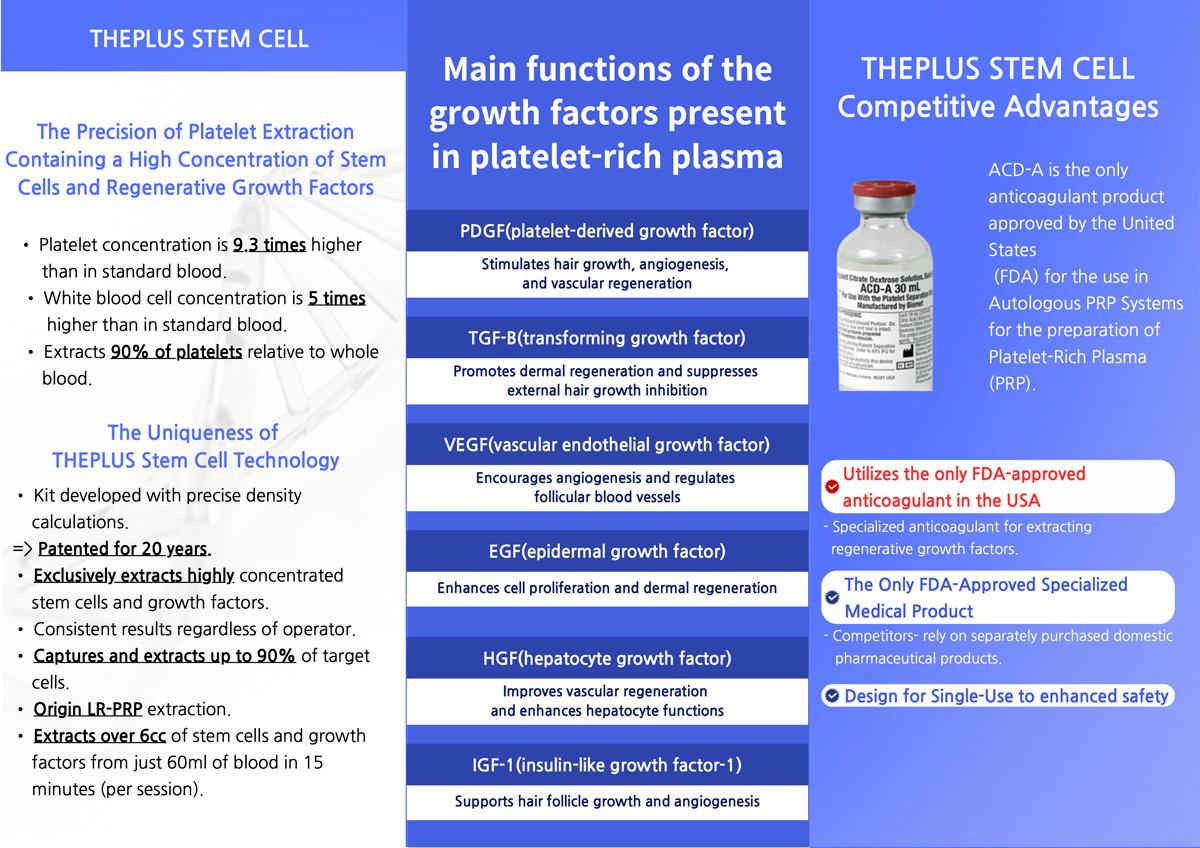
Stem cell therapy for acne scars has garnered significant attention in Korea, a country renowned for its advanced skincare and medical innovations. This treatment involves using stem cell technology to rejuvenate the skin, improve its texture, and reduce the appearance of scars. Here’s a detailed look at the procedure:
Initial Consultation and Assessment
The process begins with an initial consultation with a dermatologist or a specialized cosmetic surgeon. During this session, your medical history, skin type, and the severity of acne scars are meticulously assessed. The doctor will also discuss your expectations and explain the procedure, including potential risks and benefits.
Harvesting Stem Cells
Stem cells can be harvested either from your own body (autologous) or from a donor (allogeneic), though autologous stem cells are more commonly used to minimize risks of rejection or infection. Typically, stem cells are collected from fat tissue through a minimally invasive procedure called liposuction.
Processing Stem Cells
Once harvested, the stem cells are processed in a laboratory. This involves isolating and concentrating the stem cells to prepare them for re-injection. Modern techniques ensure a high yield of potent stem cells, which enhances the effectiveness of the treatment.
Preparing the Treatment Area
Before the stem cells are injected, the treatment area is thoroughly cleaned and numbed with a local anesthetic to ensure minimal discomfort. Sometimes, microneedling or fractional laser therapy is used in conjunction with the stem cell treatment to create microscopic channels in the skin, promoting better absorption of the stem cells.
Stem Cell Injection
The concentrated stem cells are then carefully injected into the scarred areas of the skin. The number and depth of injections depend on the severity and type of scars. Fine needles are used to ensure precision and minimize discomfort. The stem cells work by stimulating the body’s natural healing processes, promoting collagen production, and regenerating healthy skin tissue.
Post-Treatment Care
After the procedure, there might be mild swelling or bruising at the injection sites, which usually subsides within a few days. The doctor will provide specific aftercare instructions, including the use of mild cleansers and sunscreens. It’s crucial to follow these guidelines to optimize healing and results.
Follow-Up Sessions
Stem cell therapy for acne scars often requires multiple sessions spaced several weeks apart to achieve the best results. During follow-up visits, the doctor will evaluate the progress and may adjust the treatment plan accordingly.
Results and Longevity
Patients typically begin to see improvements in skin texture and a reduction in scar visibility within a few weeks. Full results can take several months to manifest as the stem cells continue to work beneath the surface. The longevity of the results can vary but generally provides long-term improvement.
Cost of Stem Cell Acne Scar in Korea
When exploring the world of advanced dermatological treatments, particularly those utilizing stem cell technology, it's essential to understand the cost implications across different countries. Stem cell treatments for acne scars have gained significant popularity due to their effectiveness in tissue regeneration and minimal downtime.
Korea
Korea is renowned for its cutting-edge dermatological treatments and relatively affordable prices. The average cost for stem cell acne scar treatment in Korea ranges from $3,000 to $6,000 USD per session. The comprehensive medical care, combined with advanced technological procedures, makes Korea a favored destination for individuals seeking premium skincare solutions at a reasonable price.
USA
In the United States, the cost of stem cell treatments is considerably higher due to a combination of factors including healthcare infrastructure, regulatory standards, and overall medical costs. Patients can expect to pay anywhere between $5,000 to $10,000 USD per session for stem cell acne scar treatments. High-quality treatments and the expertise of top dermatologists in the country contribute to these elevated prices.
Europe
European countries also offer advanced stem cell treatments but at varying costs. In the United Kingdom, for example, the treatment can range from £4,000 to £8,000 (approximately $5,500 to $11,000 USD) per session. Germany and France, known for their medical expertise, offer similar treatments at around €4,000 to €9,000 (roughly $4,500 to $10,000 USD) per session.
Understanding these differences can help prospective patients make informed decisions based on both their health needs and budget considerations.
Alternatives to Stem Cell Acne Scar
For individuals seeking alternatives to stem cell treatments for acne scars, several effective options are available. Here are three suitable alternatives:
1. Laser Resurfacing
Laser resurfacing is a popular treatment method for acne scars that uses focused light beams to remove skin layers, promoting the growth of new, smoother skin. There are two primary types:
-
Ablative Lasers: These lasers work by removing the outer layer of skin, providing dramatic results for severe scarring. The recovery period for ablative lasers is longer, typically around two weeks.
-
Non-Ablative Lasers: These penetrate the skin without removing outer layers, promoting collagen production and improving skin texture with a shorter downtime.
This method is highly effective in treating atrophic acne scars and can offer long-lasting results.
2. Microneedling
Microneedling involves the use of a device with fine needles that create tiny punctures in the skin. These micro-injuries stimulate the body's natural healing process and enhance collagen production, leading to a reduction in the appearance of acne scars. Microneedling is effective for various types of scars and typically requires several sessions for optimal results. The recovery time is usually short, with minimal discomfort and redness that subsides within a few days.
3. Chemical Peels
Chemical peels utilize a chemical solution to exfoliate and remove the outer layers of the skin, revealing newer, smoother skin underneath. This procedure helps in reducing acne scars by promoting the regeneration of skin cells and improving skin texture. The depth of the peel can vary:
-
Light Peels: Target the outer layer of skin and are suitable for mild scarring, with minimal downtime.
-
Medium to Deep Peels: Penetrate deeper into the skin layers and are more effective for moderate to severe scarring, though they involve a longer recovery period.
Chemical peels are a versatile and effective treatment option that can be tailored to the severity of the acne scars.
Each of these alternatives offers different benefits and can be chosen based on the individual's skin type, scar severity, and recovery preferences. Consulting with a dermatologist can help in selecting the most appropriate treatment option.
Conclusion

In conclusion, stem cell therapy for acne scars in Korea represents a groundbreaking advancement in dermatological treatment, offering new hope for individuals seeking to restore their skin's natural texture and appearance. With its cutting-edge technology and proven effectiveness, this innovative approach not only addresses the physical blemishes but also significantly enhances patients' confidence and quality of life. As research and clinical practices continue to evolve, Korea remains at the forefront of this transformative journey, solidifying its reputation as a global leader in aesthetic medicine. By harnessing the regenerative power of stem cells, this remarkable treatment stands as a testament to the potential of modern science in reshaping skincare solutions.


